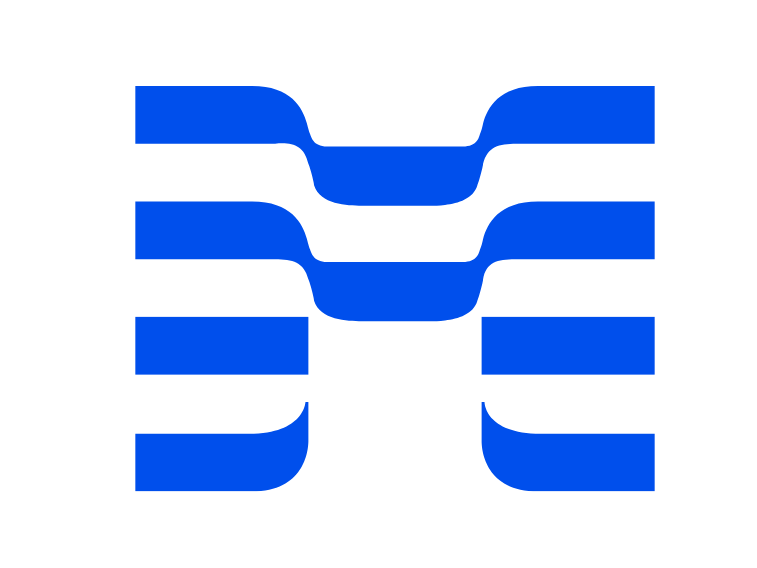Introduction
In the evolving landscape of dental technology, the choice of an intraoral scanner can significantly impact the efficiency and quality of care in a dental practice. Two scanners that have generated much interest in the industry are the Medit i700 and the Medit i600. Both intraoral scanners from Medit bring an array of impressive features, but which one is right for your practice? Let’s compare these two high-performance scanners to help you make an informed decision.
Medit i700: Overview
The Medit i700 is the latest scanner in the Medit lineup. It is known for its cutting-edge technology, high-speed scanning, and superior user experience. One of its standout features is its wireless capability, a feature that its predecessor, the Medit i600, lacks. The i700 brings freedom of movement in the clinic, reducing the constraints of cables and allowing for a smoother workflow.
Key features of the Medit i700 include:
- High-speed scanning: The i700 can capture up to 70 frames per second, offering faster, more efficient scanning experiences.
- Wireless capability: The wireless feature allows dentists to move freely around the clinic, resulting in a more seamless workflow.
- High-resolution, colored 3D images: The i700 produces detailed, colored 3D images for a better understanding of the patient’s oral condition.
- Compact and lightweight: Its ergonomic design reduces hand fatigue and offers more comfortable use.
Medit i600: Overview
The Medit i600, while an earlier model, is still a popular choice among many dentists for its reliability, accuracy, and user-friendly design. The scanner boasts of high-quality 3D imaging, impressive speed, and straightforward functionality.
Key features of the Medit i600 include:
- High-speed scanning: Like the i700, the i600 also boasts of fast scanning speed, enhancing patient comfort and efficiency.
- High-quality 3D images: The i600 produces high-resolution, 3D colored images, helping dental professionals understand the patient’s oral condition better.
- Lightweight and user-friendly: The i600 is designed for user comfort, making it easy to handle and operate.
Comparison: Medit i700 vs Medit i600
Speed and Accuracy
Both the Medit i700 and i600 excel in speed and accuracy. However, the i700 has a slight edge with its advanced camera technology that can capture up to 70 frames per second, enhancing the speed and efficiency of the scanning process.
Wireless vs Wired
The most notable difference between the two scanners is the wireless capability. The Medit i700 offers a wireless feature, while the i600 does not. This feature provides dentists with greater mobility and flexibility, especially when working in a busy practice or in situations where maneuverability is key.
Price
Given its enhanced features and wireless technology, the Medit i700 is priced higher than the i600. However, the increased investment might be justified by the advantages it offers, especially in busy practices where workflow efficiency is critical.
User Experience
Both scanners are known for their user-friendly interfaces and ergonomic designs. However, the i700 is reported to offer a slightly better user experience, particularly due to its wireless functionality and the updated software that comes with it.
Final Verdict
In conclusion, both the Medit i700 and i600 are robust and high-performing intraoral scanners. The best choice for your practice depends on your specific needs and budget.
If you are looking for a scanner that offers excellent performance and is more budget-friendly, the Medit i600 could be a suitable choice. However, if you value the advantages that come with wireless technology and the latest software updates and can accommodate a higher initial investment, the Medit i700 could be a worthwhile consideration.
Remember, the ultimate goal is to choose a scanner that integrates seamlessly into your workflow, improves the efficiency of your practice, and enhances patient experience. Whether it’s the Medit i700 or i600, both scanners promise to deliver on these fronts, ensuring your practice is well-equipped for the digital dentistry age.

